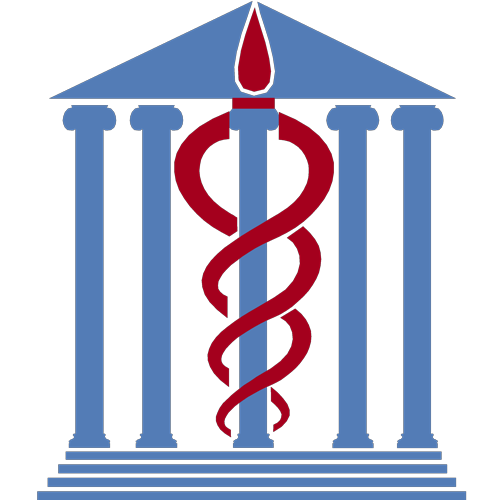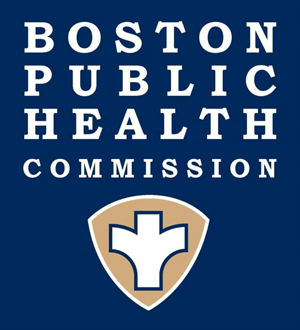MIC Duty Officer Resources
Tools for Rapid Public Health Response
This page contains resources presented at the 2017 NACCHO Preparedness Summit session titled "Rapid Public Health Response: Performance Support Tools for On-Call Public Health Preparedness Staff" and the National Healthcare Coalition Preparedness Conference session titled, “Healthcare Coalition Response: A Performance Support Tool for On-Call Healthcare Coalition Staff.”
When an emergency incident happens, it is the role of the public health to rapidly assess the situation, determine the potential impact on public health and healthcare, and initiate appropriate response protocols. In the City of Boston, this challenge is met by the Boston Public Health Commission's staff from the Office of Public Health Preparedness (OPHP) who serve on a rotating basis to fulfill the role of Duty Officer. A Duty Officer must be prepared to perform a number of actions rapidly, with very little information at first. The Duty Officer's “initial response actions” include walking through a set of complex information gathering and decision-making tasks while simultaneously using several response technology tools and referencing relevant plans and protocols.
OPHP's Duty Officers have varying full-time positions in the office, and many do not work directly on response-related work on a daily basis. This means that a typical Duty Officer is working outside of his/her comfort zone when leading the fairly rare response activation. The goal of OPHP is to initiate a timely response to any emergency, including disseminating critical information to internal and external response partners rapidly and accurately, and staffing the activation beyond the initial two hours of an event. Although standard practice in the field of emergency response includes training, drills, and exercises for such scenarios, team training time is limited given the many competing demands, and must, therefore, be used as efficiently as possible.
Job Aids
This session introduced a set of job aids designed to guide the Duty Officer during the initial 0-2 hours of an incident.
- Presentation: Rapid Public Health Response: Performance Support Tools for On-Call Public Health Preparedness Staff
- Presentation: Healthcare Coalition Response: A Performance Support Tool for On-Call Healthcare Coalition Staff
- Poster: Preparing Your Healthcare Coalition for a Winter Storm: Best Practices and Lessons from the Boston Healthcare Preparedness Coalition
- Job Aid 1 - Observe worksheet
- Job Aid 2 - Orient worksheet
- Job Aid 3 - Decide worksheet
NOTE: We encourage you to use and improve upon our work, and we'd like to know if you do! Contact us at delvalle@bphc.org with questions or to let us know that you have found this to be useful.
Key References
- Centers for Disease Control and Prevention (2011). Public health emergency response guide for state, local, and tribal public health directors. Retrieved from https://emergency.cdc.gov/planning/responseguide.asp
- Kayman, H. & Logar, T. (2016). A framework for training public health practitioners in crisis decision-making. Disaster Medicine and Public Health Preparedness, 10, 165-173.
- Minarcine, S. (2012). Health security intelligence: Assessing the nascent public health capability (Unpublished Master’s Thesis). Naval Postgraduate School, Monterey California.
- Parker, A.M., Nelson, C., Shelton, S.R., Dausey, D.J., Lewis, M.W., Pomeroy, A., & Leuschner, K.J. (2009). Measuring crisis decision making for public health emergencies. Santa Monica, CA: RAND Corporation.
- Pritchett, B.A. (2008). Qualia: A prescription for developing a quality health threat assessment (Unpublished Master’s Thesis). Naval Postgraduate School, Monterey California.
- Robinson, D.G. & Robinson, J.C., Phillips, J.J., Phillips, P.P., & Handshaw, D. (2015). Performance consulting: A strategic process to improve, measure, and sustain organizational results. Oakland, CA: Berrett-Koehler.

